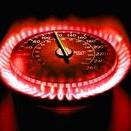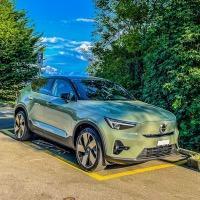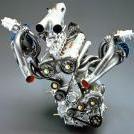Transizione ecologica ed il futuro della mobilità
-
Contenuti simili
-
- 21 risposte
- 3022 visite
-
Perché le auto elettriche (non) hanno il cambio? 1 2 3 4
Pubblicato da Gengis26,
- maserati ufficiale
- granturismo 2023
- (e 8 altri in più)
- 36 risposte
- 1335 visite
-
- 166 risposte
- 27935 visite
-
-
-























Messaggi Raccomandati: